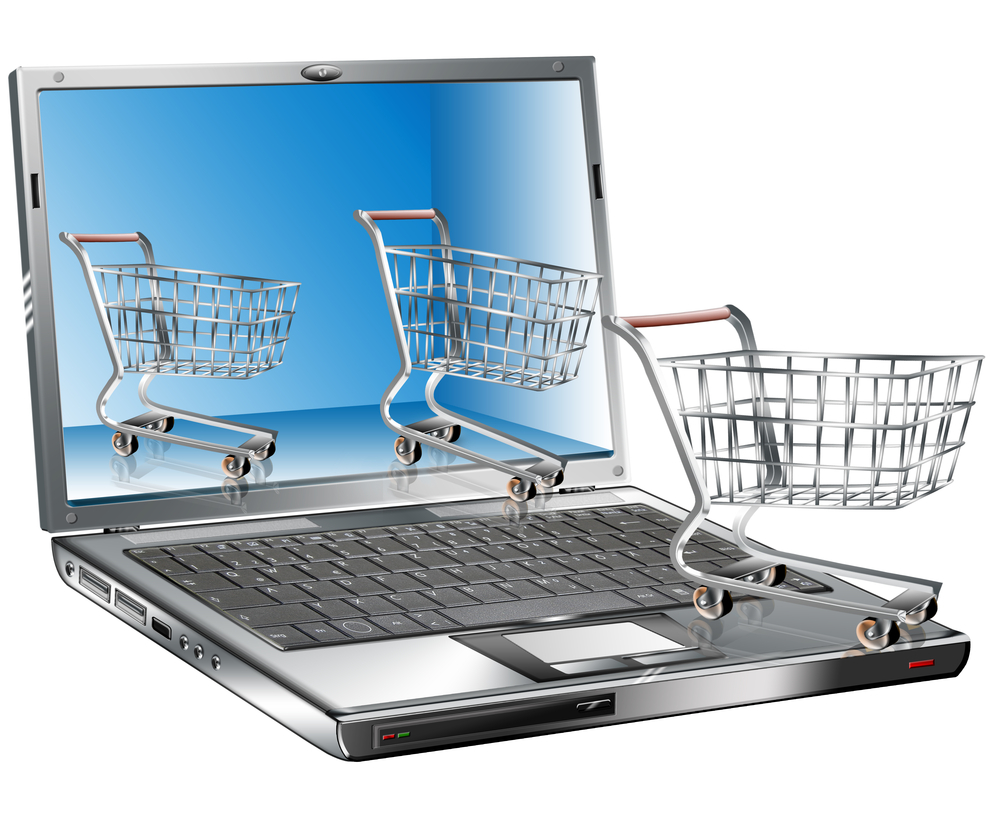Retailing has changed rapidly in recent years. The emergence of online sales and the apparent domination of such sites as Amazon.com have many traditional retailers worrying that brick-and-mortar shops won’t even have a place in the retail world of tomorrow. But while consumer dynamics are definitely changing, and technology is playing a huge part in the retail industry, the well-known and loved independent shop will still have a place in this world—especially as a hands-on experiential environment.
Here is how various retail visionaries across the web see the landscape evolving in the next two to five years:
The Rise of the Savvier Shopper
The Future of Retail report from PSFK notes that we are witnessing the birth of a new breed of shopper: “They float seamlessly across mobile, online and real-world platforms as they travel up and down the purchase path and in doing so exert tremendous influence over the ways that brands may interact with them and their peer group.”
The report goes on to explain that this savvier shopper takes advantage of technology, is prepared to offer their personal data for a better experience, and has come to expect contextually relevant recommendations. “They are actively engaged, want a say in what products get made, will evangelize offerings to get a better price for themselves and their friends, and want to be rewarded for sharing their knowledge and expertise.”
As a result of this mix of smart shopper and new technology, showrooming has become an important reality. “Shoppers are more educated than ever before and the ability to check prices on the fly has resulted in increased commoditization and a rethinking of how brands and retailers go about providing a differentiated offering. Traditional retailers need to contemplate a multi-channel approach to online, mobile and bricks-and-mortar sales.”
Lest businesses think that these new consumers are only in it for themselves, the report also notes that what before was a top-down message from company to consumer has now become a two-way dialogue, with valued customers helping to promote the brand almost as much as traditional marketing. PSFK points out that to make the most of this new consumer, brands need to “identify their most influential customers, make a commitment to listen and respond to what they have to say, and find ways to get them more deeply involved in delivering on their brand promise.”
Read more: PSFK: The Future of Retail [Presentation]
New Technology at Every Step
E-commerce is still a small part of total retail sales, but it’s a growing part—one that, in fact, is growing faster than in-store sales. This is just one of many insights from The Future of Retail slide deck at BusinessInsider.com. Some other items of note: Consumers have more power than ever before, as noted by various other retail experts, and mobile devices will continue to alter the retail landscape. New technology will show up in other ways as well, as more consumers adopt digital wallets, and on the store end, more retailers will do away with traditional cash registers and use tablet or mobile payment options. All this doesn’t mean the physical store goes away; instead, it becomes the experiential center. The brick-and-mortar store is where customers will go to interact with the brand—to touch it, feel it and take it home fast. And it’s a place where they will get the face-to-face service and preferred treatment that they will also seek.
Read more: The Future of Retail [Slide Deck]
High-Tech Shopping with Cool Tools
Today, tons of people do a bulk of their shopping, if not all of it, from the comfort of their own home, clicking away at what they like and sending back what doesn’t fit, says a Yahoo article about the future of retail. The article states that according to a 2012 Forrester report, 58 percent of the U.S. population will be online shoppers by 2016. “But that doesn’t mean the mall needs to become a ghost town,” it says. The article discusses how brick-and-mortar locations are finding high-tech ways to combat web shoppers by adding a digital angle to the in-store experience. And that seems to be how location-based stores will survive in the future—by providing the digital bells and whistles that customers have become accustomed to through their online experience, and blending all these tools together in a seamless customer experience.
The Yahoo article gives several mind-boggling examples of in-store technology. One, the Me-Ality Size-Matching Station, aims to simplify a customer’s jeans-buying process by using technology to help them find the perfect brand or style. Me-Ality stations set up in-store use a 3D scanner to analyze your body and determine what brand, size and style will fit you best—all in 10 to 15 seconds. It then spits out a barcode that can be scanned to pull up a list of the top brands and styles that should be perfectly suited to you.
Another example is Color IQ, a collaboration between beauty retailer Sephora and color authority Pantone LLC. According to the article, Color IQ consists of a scanner and a tablet interface. The scanner scans three clean parts of your skin, averages the scans and assigns you a Pantone skin tone number. A Sephora pro then references the Universal Skintone Guide, an online database on the tablet that helps find the precise shade of foundation for you from among 1,000 possibilities.
Read more: High-Tech Shopping: Meet the Future of Retail
Providing a Welcoming Experience
All this talk of technology infiltrating the retail environment and consumers having the power is only one aspect of the retail future. In one of its articles, Fast Company states that brands have the opportunity to become destination spots. “Retail spaces can relax customers, offer refreshments, and provide entertainment while creating the conditions to engage in a conversation that builds brand loyalty.” Stores will become “new lifestyle showrooms for demonstrations and hands-on workshops.”
Fast Company also points out that brands will be able to extend relationships with customers by providing a community or gathering around shared events. “Starbucks was the original force behind the idea that customers should linger and mingle when they made WiFi a coffee shop standard.” On the other end of the spectrum, small pop-up brands are riding the trend, notes Fast Company. For example, the traveling Rapha Cycle Club pop-up is a combination gallery, cycling shop, and WiFi café. The club organizes events around cycling races, is a meeting hub for biking enthusiasts, and also generates revenue from foot traffic. It is an early example of differentiation in a crowded market for coffee shops and cycling stores.
“In a saturated retail environment, one cannot compete on convenience, price, or relationship alone. To remain relevant, retailers must design experiences that merge the physical and online store.”
Read more: Four Keys to Surviving the Future of Retail
Bringing the Best to You
Clever techno tools and increased customer-brand connections is the future of retailing, but one aspect of the new retail world is a definite throwback—the idea of buying your favorite products individually from different merchants. Niche retailing is becoming popular and striking hard at the door of mass markets. Today’s customers are time-constrained, unique individuals, and they want to turn to stores that recognize this.
The Motley Fool says it sees the future of retail in curation—managing content and product selection for quality and compatibility. An article on its website says curation “looks to provide customers with the best possible products instead of the most products possible,” and it notes that a lot of the best curation comes from smaller businesses, “which have niche focuses and limited physical space, forcing them to be selective in what they carry.” For retailers, this means finding that specific niche in which they can excel, or carefully selecting certain products or services that are tailored to customers. The article gives Netflix as an example: “Netflix takes that idea by paring down the world of all movies into a selection of good movies, and then suggesting ones that customers might like.” The customer is treated to a select list of movies that are specially selected for him.
“There’s no denying that curation is the future of retail,” says The Motley Fool. “Successful sellers will have to embrace it at some point, or they’ll be left behind.”
Read more: The Future of Retail Is Curation










